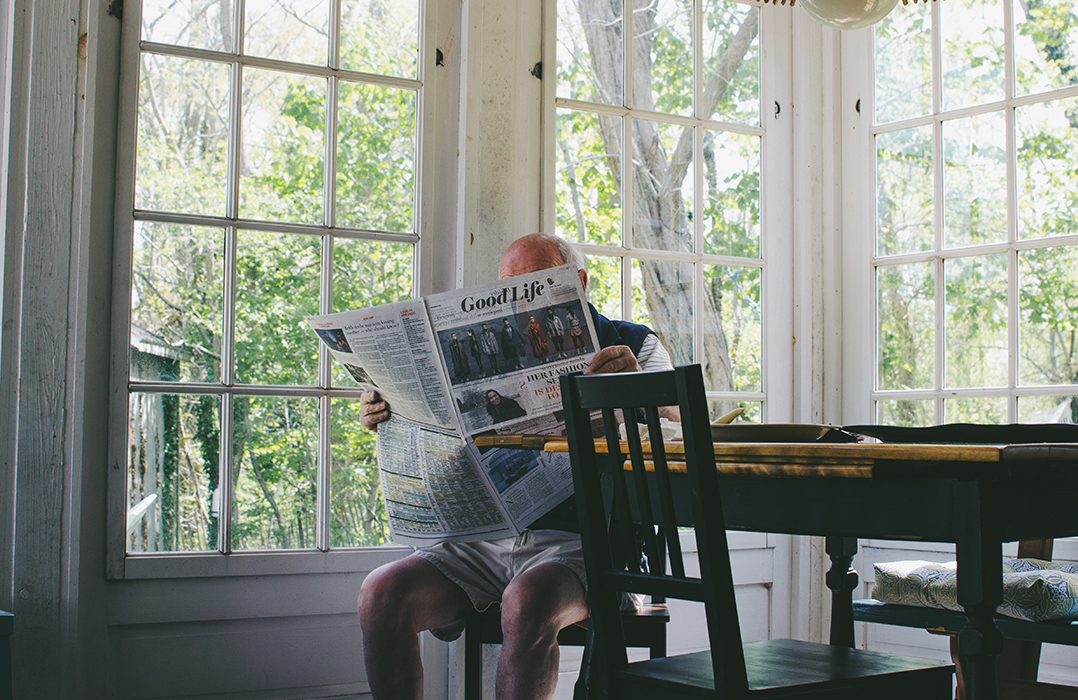
Daylight and Human Interaction in Interior Design
As you start the day, increase your vitality and energy with daylight, lean your back to the sun on the terrace at noon and take a break, and find peace in the serenity of the setting sun. Take a break from what you are doing for a moment and think about how you feel when you consider such images. Isn’t it amazing?
Light is an impressive tool that connects us emotionally. It creates natural and positive effects. It gives warmth, comfort, confidence, and energy. How and why we illuminate a space is important, and at this point we can demonstrate our skills more efficiently.
If we evaluate the moments that we can benefit most from daylight in terms of human-oriented lighting design, we spend 90% of our time indoors. 87% of the information we perceive comes from our eyes. 50% of human brain activity is about vision. Such values basically determine how we live and how we perceive our environment. If this is the case, we can start from the idea that visual stimuli have an impact on our health. Light affects us in two ways: visual (our vision performance and vision experience) and non-visual (endocrine system and circadian rhythm).
Based on this information, we designed a study room to provide enough daylight level. The architectural visual of the interior, which is modeled with its furniture, walls, flooring, ceiling and material features and then analyzed, is given in Figure 1.

Architectural render may not always indicate the correct situation about the lighting design of a place. For example, while this image was obtained, it was probably modeled irrespective of location and under unrealistic sky conditions. For this reason, we do not expect these images to reflect the reality of space in terms of brightness. Rather than these images, daylight analysis provides a broader perspective on luminous performance. In addition, as designers, we are in a better state than ever in terms of opening the path that will benefit human health, delivering credibility and research results. Thanks to these technological developments, we can work to ensure adequate lighting level in early design. Thanks to these technological developments, we can work to ensure adequate lighting level in early design stage.
In these studies, the minimum level of brightness required for the actions to be carried out in a healthy manner should be provided. These values are determined by standards. The lighting level for a study room in these standards has been determined as 500 lux in a vertical plane.
The lux (symbol lx), is a unit of illumination: 1 lux is the illuminance produced by 1 candela on a surface perpendicular to the light rays at a distance of 1 meter from the source.
In order to better understand the brightness and environmental impact of this space, we identified two different scenarios and completed the daylight studies.
Scenario-1: Assumed that high-rise buildings were placed in the immediate vicinity of the office, so the windows were blocked by direct daylight.
Scenario-2: Assumed that there are no high-rise buildings in the immediate vicinity of the office, so the windows are not obstructed by daylight.
The simulation results show the lux values on the surfaces of the study room for two different scenarios. The values of Scenario-1 in Video-1 and the values of Scenario-2 in Video-2 are given.
We completed the analysis using the real-time simulation tools in the visuals given in the videos. Based on the results, we can observe the lux values at the determined points depending on the changing conditions. For example, at 13.00 for the desk, 323 lux in Scenario-1, while 481 lux in Scenario-2 was determined. These values are compared with the values determined in the standards and the necessary improvements are made. In this way, desired enlightenment comfort is provided.
In summary, taking the advantage of daylighting protects you against diseases. It presents a healthy body and a healthy mood. In situations where daylight is not well controlled, the need to adapt constantly causes eye strain and tiredness after a while.
For example, we cannot read the texts on a glossy surface, moreover, it causes eye pain and headache. Visual discomfort causes long-term loss of concentration and reduces your productivity. In addition, insufficient daylight and lack of visual relationship with the external environment can also create psychological disorders. For these reasons, visual comfort conditions should be provided in order to maintain the actions that will take place indoors in a healthy manner. Daylighting should also be considered as an internal component in this context and an adequate level of brightness should be provided in terms of user comfort.



